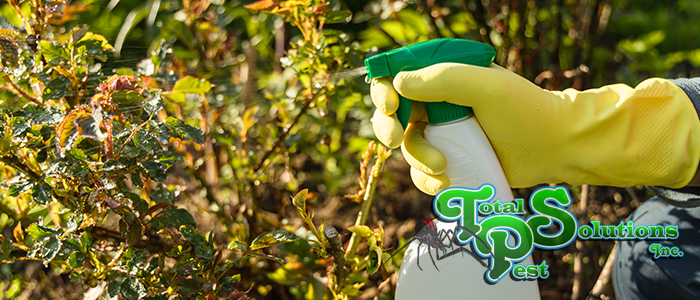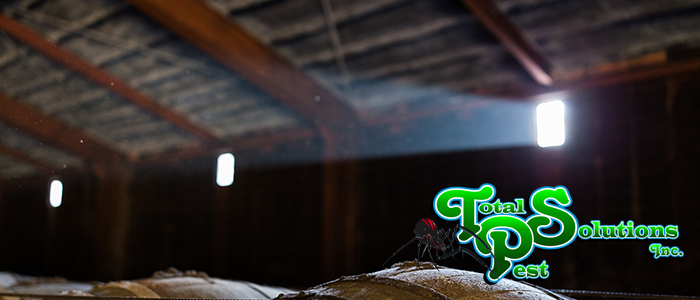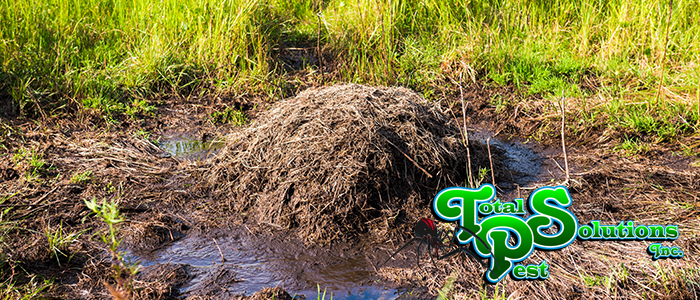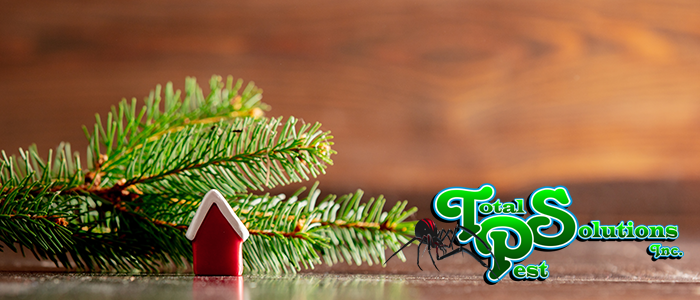
The Complete Guide to Integrated Pest Management: Keep Your Property Clean and Healthy
Pests are a nuisance in any property, whether residential, commercial, or industrial. They can cause damages and carry diseases that pose a significant threat to human health. This is where pest control comes in. One of the most effective methods of pest control is Integrated Pest Management (IPM).
It is a holistic approach that not only eliminates pests but also prevents their recurrence. If you want to keep your property clean, healthy, and pest-free, read on to discover the importance of IPM for your property.
What is Integrated Pest Management?
Integrated Pest Management (IPM) is a comprehensive pest control strategy that aims to eliminate and/or prevent pests while minimizing the use of pesticides. The IPM approach involves identifying the pest, assessing its population level, and evaluating the potential for damage. Then, a combination of methods is used to manage the pest, such as cultural, physical, biological, and chemical controls. With IPM, the focus is on sustainable and long-term solutions that do not harm the environment.
The Importance of IPM for Your Property
IPM is crucial for your property for several reasons. First, it protects your property from damage caused by pests. Pests such as termites, rodents, and cockroaches can cause structural damage to buildings and other structures. Additionally, pests such as mosquitoes, ticks, and fleas can transmit diseases. With IPM, you can maintain a safe and healthy environment for your family, employees, or customers.
Secondly, IPM is cost-effective. It helps to reduce the cost of pest control in the long run by preventing pest infestations from reoccurring. Applying preventative measures, such as sealing gaps and holes, screening, and eliminating their breeding sites, reduces the need for constant chemical applications, which can be expensive.
How IPM Works
IPM works by using a combination of methods to manage pests effectively. The first step is to identify the pest and assess its population level. The pest population is then monitored to determine the most effective method of control. The control methods used can be categorized into four types: cultural, physical, biological, and chemical.
Cultural control measures involve changing the physical environment to make it unsuitable for the pest to thrive. For example, trimming back plants to reduce their shelter, installing screens and doors to prevent entry, and removing trash and debris.
Physical control methods involve trapping, baiting or removing the pest. For example, snap traps for rodents, pheromone traps for moths, or flypaper for flies.
Biological controls use natural predators or parasites to control pest populations. For example, ladybugs can be released in a garden to control aphids, or parasitic wasps to control caterpillars.
Chemical controls should be used as a last resort when all other methods have failed. Pesticides should be applied only in the targeted area and targeted pests, minimizing concerns of non-target damage or contamination.
The Benefits of Implementing an IPM Program
Implementing an IPM program brings several benefits to your property, such as reducing pest-related damages and the risk of disease transmission. Additionally, an IPM program can help improve the overall health of your lawn or garden, as well as promote sustainability. Moreover, it can save you money by reducing the need for chemical applications, labor, and equipment maintenance.
Choosing the Best IPM Service Provider
When choosing an IPM service provider, it’s essential to consider several factors. First, you need to choose a company that has experience in the IPM approach with a solid industry reputation. Additionally, the provider should have the necessary certifications and licenses to handle pest control chemicals and use non-chemical treatments effectively. Finally, the provider should be able to provide testimonials and references from satisfied customers.
The Elements of an IPM Program
An effective IPM program consists of several elements that work together to manage pest activity in your property. These elements include monitoring, pest identification, targeted control, and ongoing evaluation. Additionally, a well-defined communication protocol between you and the IPM provider is essential to ensure the program’s success.
Integrated Pest Management for Your Lawn Care
IPM also applies to lawn care. Lawn pests such as grubs and chinch bugs can cause lawn damage, and their presence can attract other pests to the property. An IPM program for lawn care involves achieving a healthy and pest-resistant lawn through proper fertilization, mowing, irrigation, and pest identification. Additionally, pest control treatments should be scheduled at an appropriate time and specific to the pest species to prevent pest resistance.
DIY IPM Tips
You can adopt some simple IPM techniques at home by doing a few things to prevent pests from entering your property. One essential technique is to block all possible entry points for pests, such as sealing cracks, doors and windows, and keeping your environment tidy. Additionally, storing food in tightly sealed containers can prevent pest attraction. Other preventive techniques may include vacuuming regularly or using natural predators in your garden.
Conclusion for Integrated Pest Management
In conclusion, IPM is an essential approach to managing pest activity that protects your property from damages and diseases while promoting sustainability. An effective IPM program is beneficial for both residential and commercial properties and requires the intervention of an experienced IPM service provider. If you need a reliable and certified IPM service provider in Lake Alfred, FL, Total Pest Solutions is your best choice.
continue reading
Related Posts
Davenport’s Overwintering Pest Threats: Attic and Garage Solutions As temperatures
Auburndale’s Fire Ant Mounds: Post-Rain Repair Strategies Auburndale, Florida, like
Pre-Holiday Pest Inspections in Lakeland: Safeguarding Seasonal Decor As the






